Allies support unit-to-unit float nurses

While some nurses enjoy the flexibility and diverse clinical experience of working in the float pool, cross-unit float nurses often complain about feeling anxious, alienated and out-of-the-loop. Last year, a trio of nurses at Cleveland Clinic created the Float Ally Model to improve the satisfaction of RNs and PCNAs who take on float assignments when their unit’s census is low or to fill staffing shortages. “The model is designed to give unit-to-unit floats the support they need,” says Angie Walden, BSN, RN, Assistant Nurse Manager, Nursing Floats at Cleveland Clinic’s main campus.
Cleveland Clinic is a non-profit academic medical center. Advertising on our site helps support our mission. We do not endorse non-Cleveland Clinic products or services. Policy
Walden developed the Float Ally Model with Nikki Pistiolas, RN, and Jeff Knop, BSN, RN, Nurse Manager, Float Pools, as part of a Shared Governance Day Fair poster presentation. She began with a literature review on employee engagement of float nurses. “A common factor that came through is that people hated to float,” says Walden. “It was uncomfortable.” Float nurses often receive no orientation or resources to help them acclimate to the unit.
Walden, Pistiolas and Knop then brainstormed ways to improve the float experience and came up with a three-part model:
The nurses piloted the Float Ally Model last spring on an organ transplant unit that has a high volume of cross-unit floats. Prior to implementing the model, they conducted a survey of RNs and PCNAs who have floated on the unit. The survey asked caregivers to rate their satisfaction in four areas:
Overall, those surveyed indicated a 28 to 41 percent satisfaction rate in the float experience prior to the six-week pilot. Afterward, those figures rose to an 80 to 90 percent satisfaction rate.
In January, Cleveland Clinic began a second pilot of the Float Ally Model on six units. Walden hopes to get more feedback, including ways they can adopt the model as standard operating procedure, yet tailor it to meet the needs of specific units. She is optimistic the Float Ally Model will be implemented enterprisewide. So far, the model has been well received: Walden, Pistiolas and Knop’s poster presentation at the Zielony Nursing Institute’s 2014 Shared Governance Day Fair was named best overall among more than 100 entries.
“We want our floats to have the resources they need and not arrive at a unit hating it before they even start working,” says Walden. “Ultimately, not only will it help employee engagement, but it will benefit the patient as well.”
Photo Credit © Russell Lee
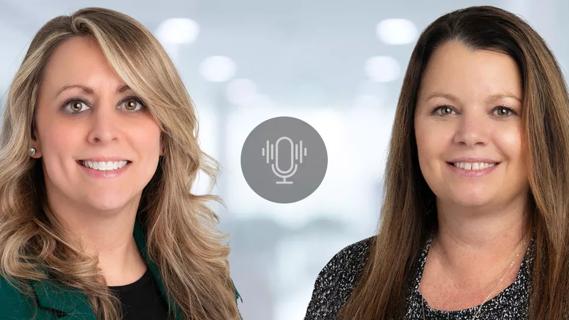
Nurses play pivotal role in patients’ ability to recover in the comfort of their own homes

Advocating for patient safety is imperative in fast-paced surgical settings

Advice for those pursuing a WOC nursing career
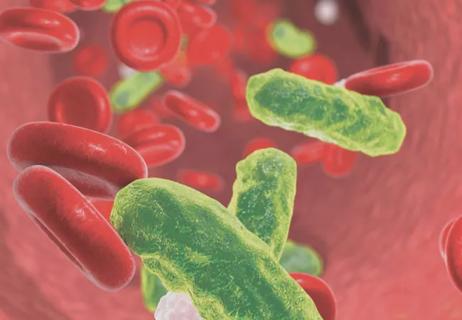
Redesigned protocols enhance infection-prevention measures
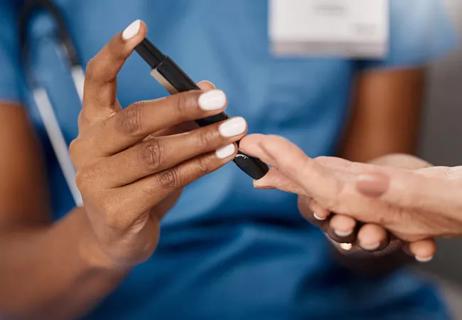
Longevity in healthcare, personal experiences may provide caregivers with false sense of confidence
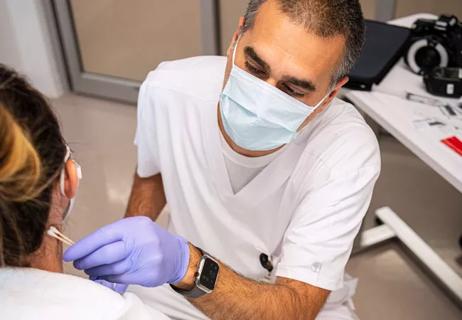
Specialized team prioritizes trauma-informed care and evidence collection

Collaborative approach leans on expertise of nurses
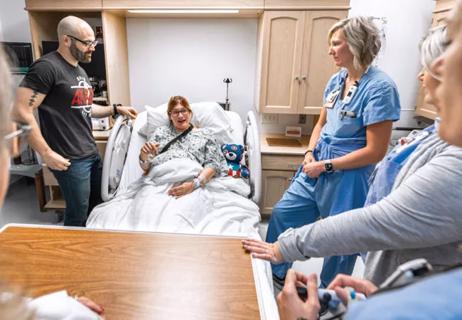
TeamBirth aims to improve outcomes by facilitating collaboration between patients and caregivers